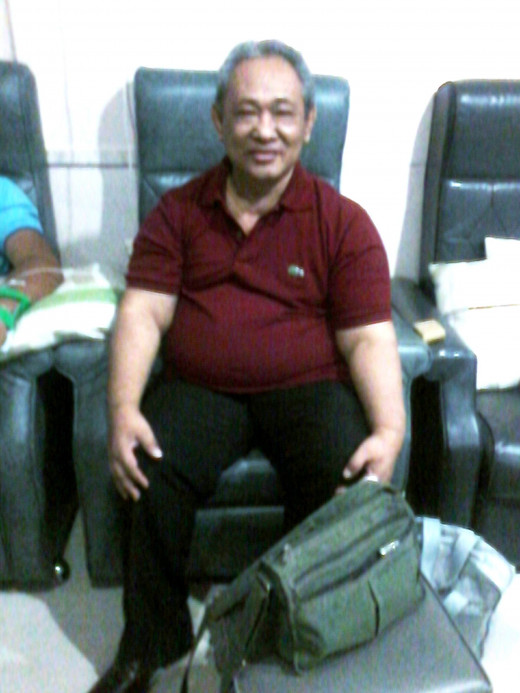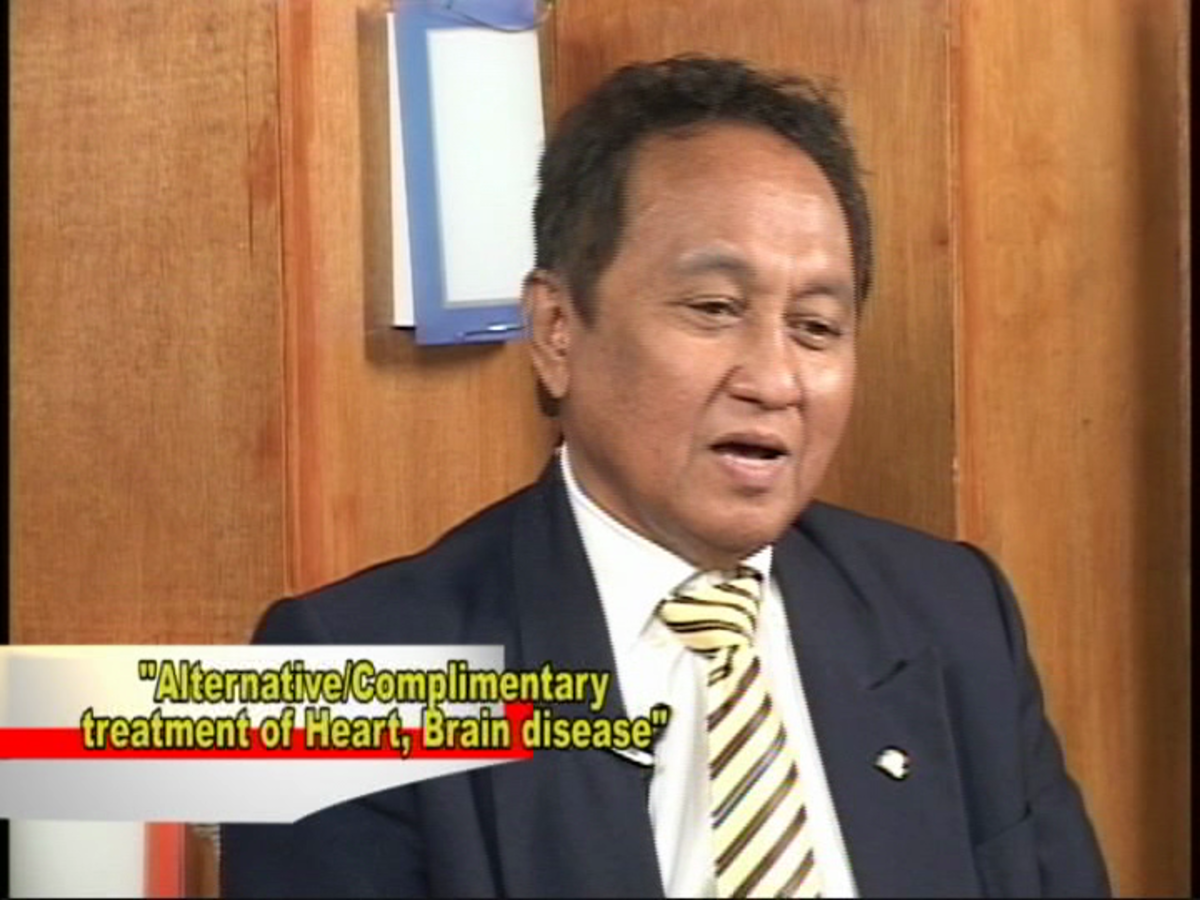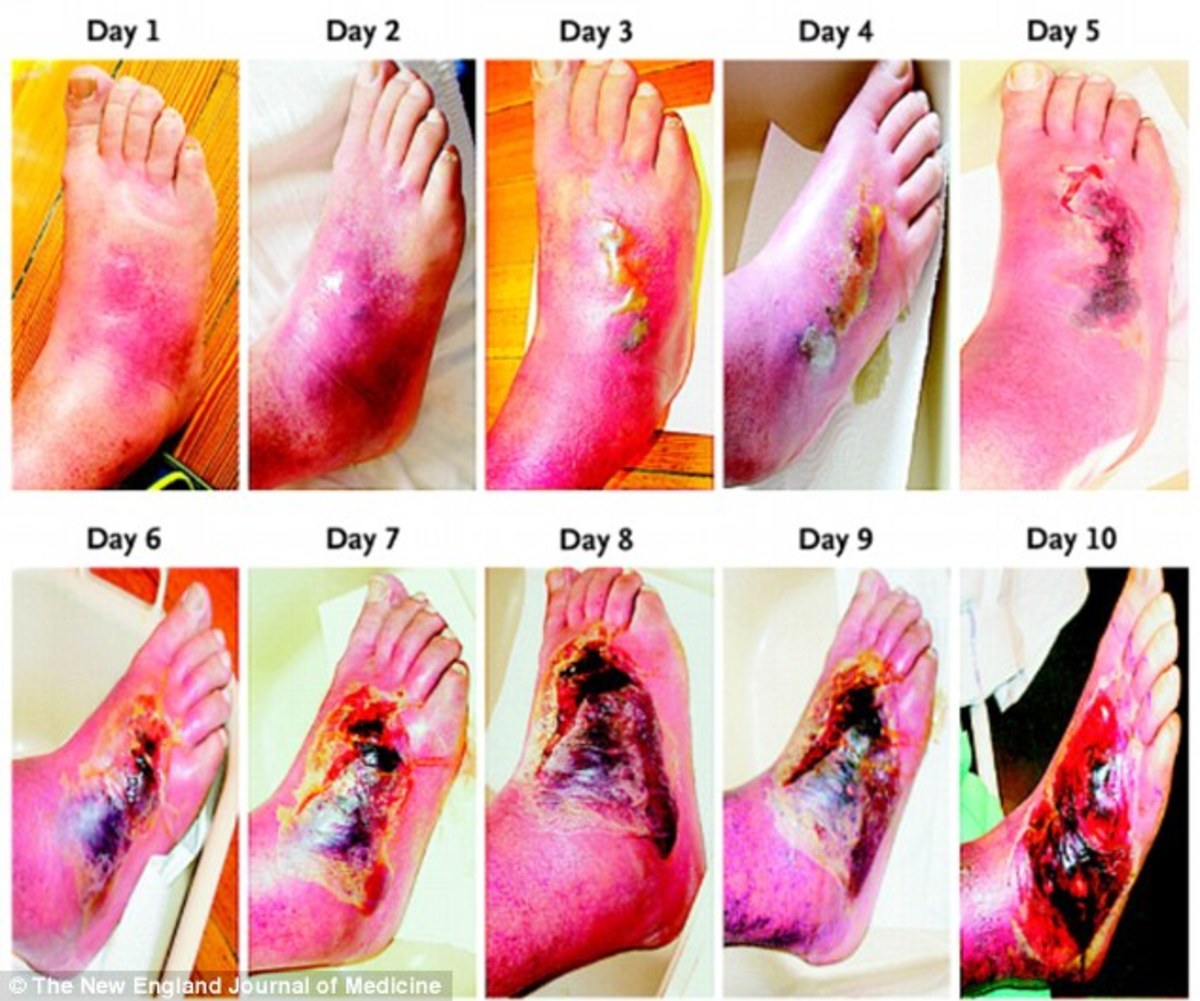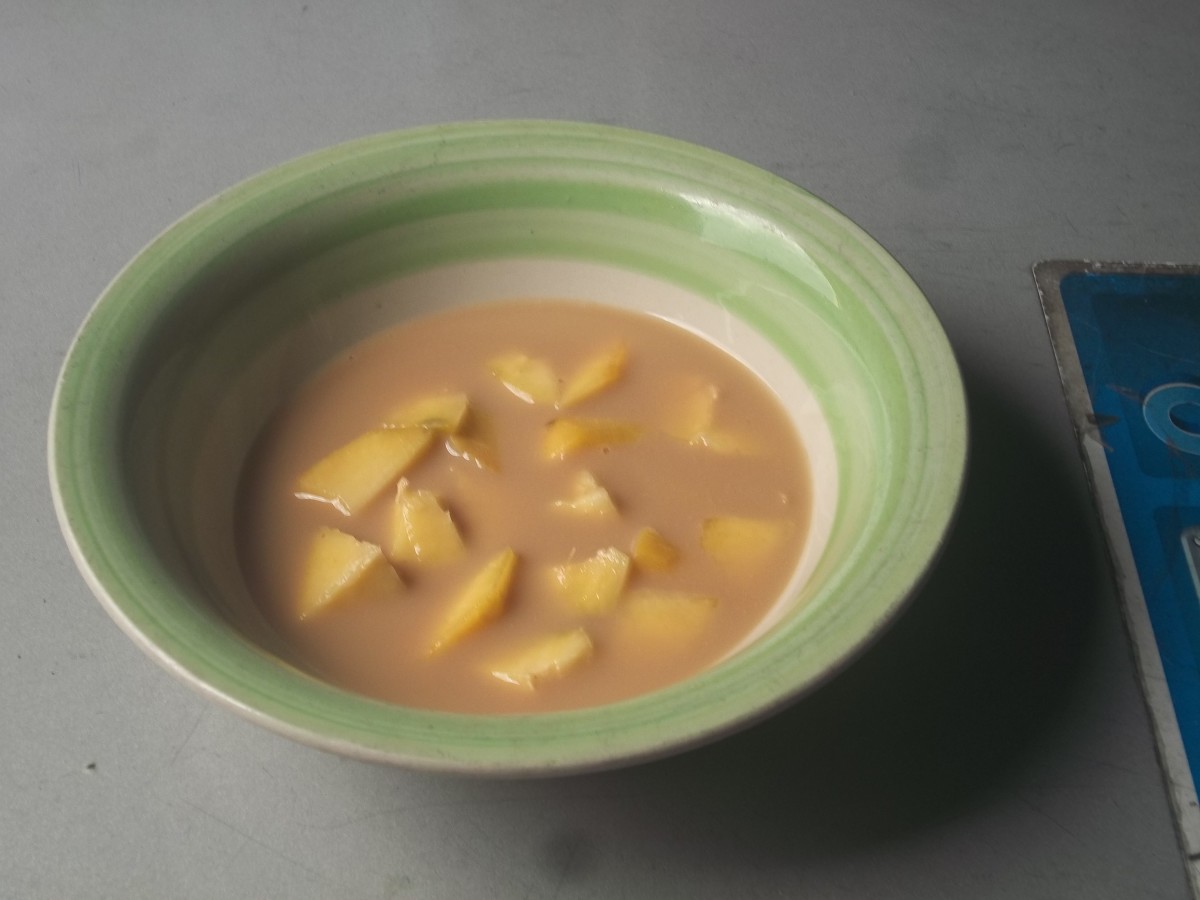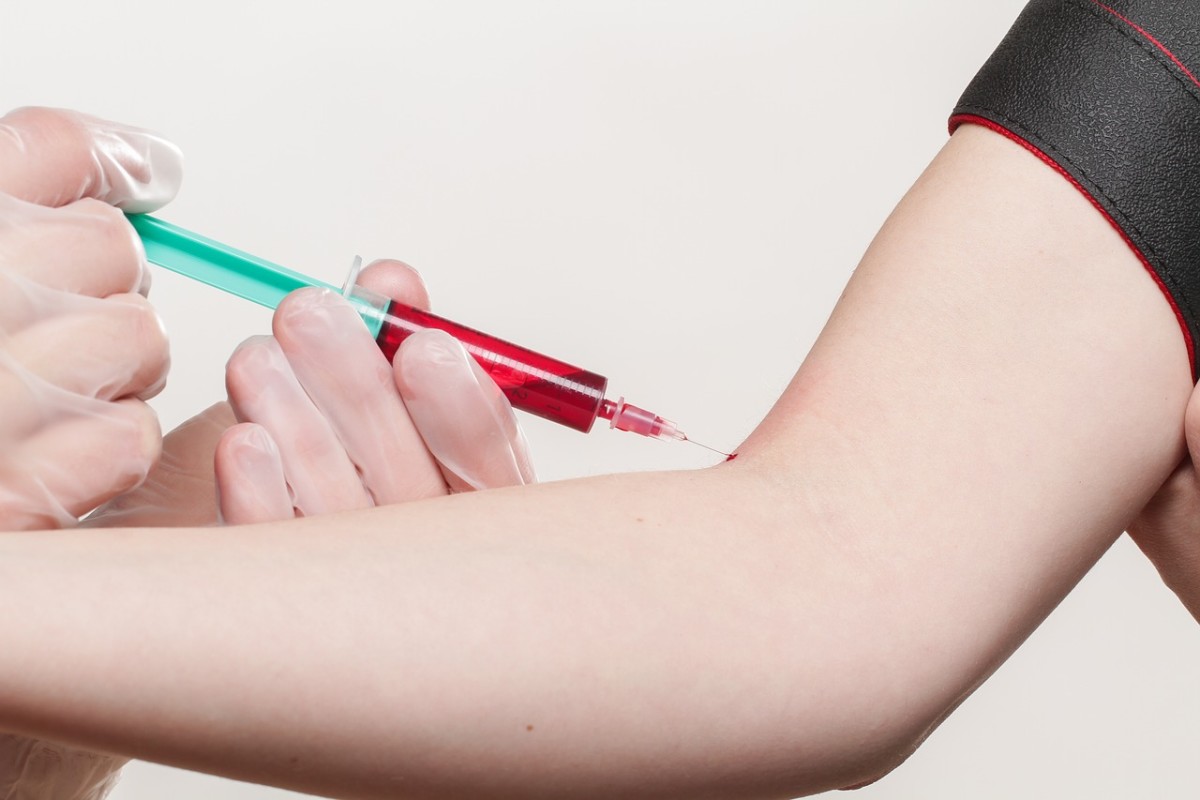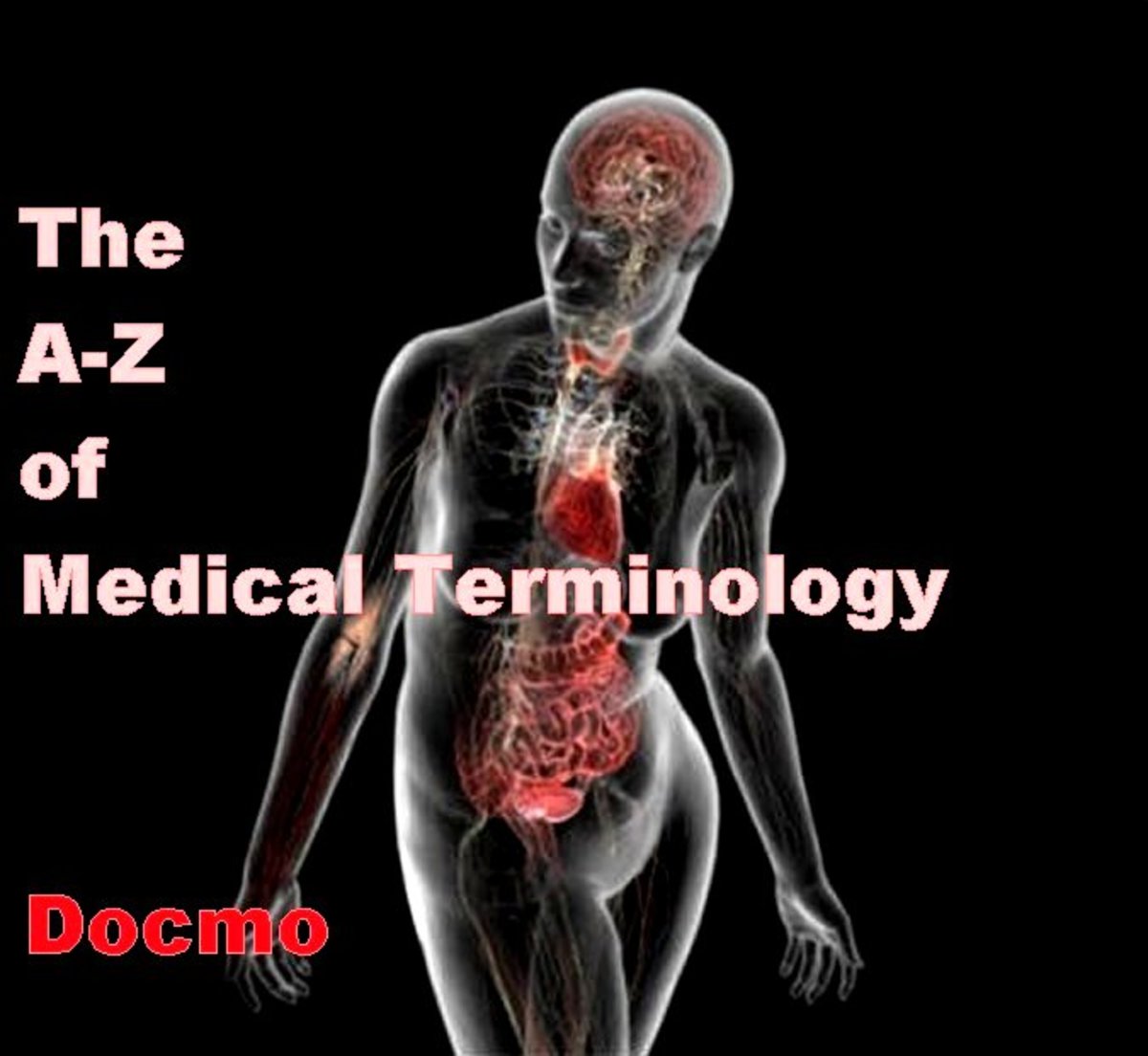USA Has Announced Chelation Therapy as Safe and Effective for Heart Disease and Diabetes
Dr. Gervasio Lamas, MD was the lead investigator of "Trials to 'Assess Chelation Therapy" [TACT] (photo adopted from Internet. March 28,2014)
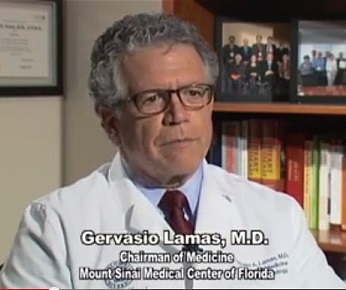
Dr. Arturo V. Estuita, MD, Filipino internist and chelationist, with Ms. Eva Data who is having infusion chelation therapy
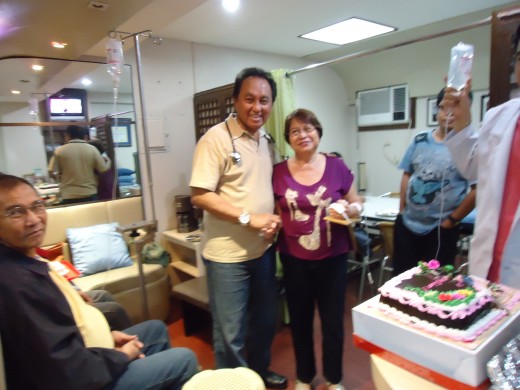
I used principles and anecdotes from this book as bases for going into chelation therapy to treat chest pain, hypertension and prevent heart attack
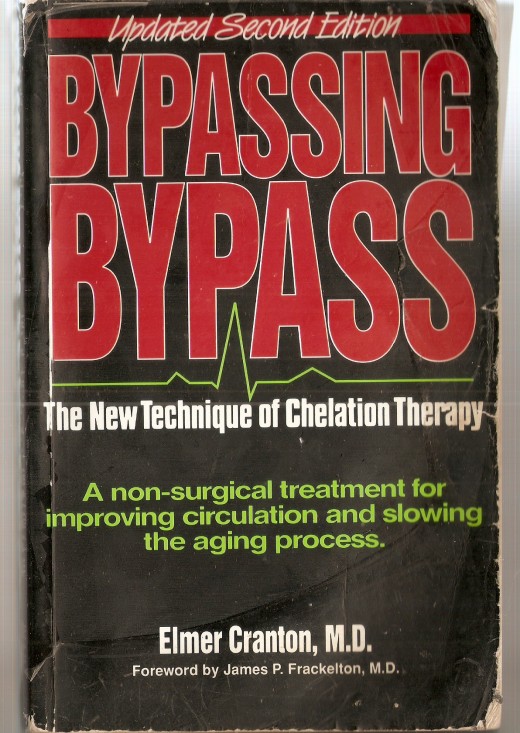
No longer by anecdotes but by double blind study that chelation therapy is proven as safe and effective
Chelation therapy has been proven safe and effective for heart diseases by the National Institutes of Health (The National Heart, Lung and Blood Institute) of the United States with a double blind randomized experimental design.
As a consumer currently undergoing infusion chelation therapy I welcome the news about this therapy. It is being used by alternative medicine to erode or dissolve plaque in heart arteries to treat myocardial ischemia or heart disease. It is non-invasive and not traumatic.
Double blind is a statistical design in conducting research where neither the doctor who administers treatment nor the patient knows who among the patients belongs in the treatment group or control group. Double blind is a gold standard in testing drugs. The anecdotal method is by observation of individual patients and testimony of patients. My testimony that chelation therapy has improved my heart health is anecdotal. I am not a participant of a double blind study. There are exceptions to the double blind design yet the drug is still safe and effective. One example is the development of the killed poliovirus vaccine by Dr. Jonas Salk and his team in 1948-1955.
The NIH study is called "Trials to assess chelation therapy" or TACT.
Eligibility of volunteers to TACT
- age 50 years or older
- documented myocardial ischemia greater than 5 months before
- creatinine less than 2.0 (this shows that the kidneys are healthy to clear the solution from the body)
- no revascularization (angioplasty or bypass surgery) or heart failure within 6 months
- no cigarette smoking within 3 months
- signed informed consent
Improvement with TACT
Record of those who were given chelation therapy versus patients in the control group (given water and glucose). Reference: TACT: A research result on EDTA treatment (chelation therapy). Internet. March 27,2014
- 6 fewer death
- 15 fewer heart attacks
- 3 fewer strokes
- 27 fewer revascularization surgeries
Treatment solution
The solution drips from a bottle, flows down through a flexible small tube to a pediatric needle that is inserted to an artery. Solution goes directly to the blood stream.
- 3 gram EDTA or less, based on GFR
- Vitamin C, MgCl (magnesium chloride), KCl (potassium chloride), bicarb, procaine, heparin
- B1, B6, pantothenic acid, to 500 cc with sterile water
- No oral nutriceuticals except multivitamins were in the study
- Placebo infusion - 6 gm dextrose per week
Study description
- 1,708 patients (different groups were given true chelation solution and placebo, that is, water and glucose)
- 55,222 infusions (infusion is also called session)
- 134 sites in USA and Canada
- 40 treatments (40 sessions per patient).
- Randomized, double blind
[For example, my chelation therapy program consists of 45 sessions.]
Primary end point and sample size
- Composite of death, stroke, MI (myocardial infarction or heart attack), new revascularization (necessity of new surgery for angioplasty or bypass surgery), hospitalization for angina (chest pain)
- Original plan 2372 patients, follow up for 1 year or more, 85% power to detect a 25% difference. (Follow up ended in October 2011).
- There were 222 cardiac events (26.5%) in the EDTA group and 261 (30.0%) in the placebo groups
- This was a statistically significant difference with a P-value of 0.036
- The largest difference came in the need for subsequent cardiac revascularization [27 fewer in the group given EDTA]
- The longer the patients were followed, the greater the difference between the treated and the placebo groups [That means those treated with EDTA got better through time]
Important sub-group: diabetics
Another beneficial side effect of chelation therapy is that a lot of patients who were also suffering from diabetes got well of diabetes.
Diabetic patients given EDTA had 35 fewer cardiac events than those with placebo (39% reduction). P-value of 0.002. [The difference is statistically significant.]
Criticism and counter
The TACT study was criticized by Dr. Steven Nissen, a long-time opponent of chelation therapy.
“These findings were unexpected by cardiologists, who have long disparaged EDTA chelation therapy,” according to Dr. Elmer Cranton, MD (TACT Study by NIH of EDTA Chelation Therapy Proves Highly Significant Benefits. Internet. March 27,2014).
Attempt to block TACT
Some proponents of conventional medicine and Big Pharma attempted to block TACT. A complaint about TACT was filed and US Congress halted it to conduct a hearing. This hearing caused a delay of three months. Such delay spurred some American volunteers to withdraw their consent to TACT. Congress found the charges against TACT unwarranted. The withdrawals posed a threat of discontinuance to TACT. Who came in to the rescue? Several Canadians volunteered for TACT; they substantially replaced those Americans who withdrew.
The withdrawals were made the bases of the final attempt to discredit TACT. During the presentation of results a criticism was lodged that there was unblinding owing to the withdrawals. However, there was still enough number of volunteers up until the end of infusions and follow up period in March 2011 that ensured statistical soundness of TACT.
Results presentation
Results of the TACT study were presented at a meeting of the American Heart Association held in Los Angeles, California on November 4,2012. The presentor was Dr. Gervasio Lamas, MD, the principal investigator.
“...This randomized, placebo-controlled study of 1,708 patients showed that intravenous disodium EDTA chelation therapy decreased subsequent cardiac events with statistical significance when compared to a control group of similar patients who received placebo” according to Dr. Elmer Cranton MD in his blog updated on March 7,2014. Dr. Cranton is author of books on chelation therapy, one of them is Bypassing Bypass” (A new technique of chelation therapy).
[Statistical significance in this study means that the chelation solution is the cause of improvement in the heart condition of patients. It is not by chance that the patients who were given the true chelation solution got well.].
“...Chelation therapy (is) shown to be safe, without any serious side effects. Patients experienced increasing benefits during the time that they were studied – up to five years thus far,” added Dr. Cranton.
The study costs US$30 million, sponsored by the National Institutes of Health, The National Heart, Lung, and Blood Institute
My anecdote confirms TACT
TACT was launched in 2002 the same year when I was hospitalized. My cardiologist gave a prognosis that I am a candidate for coronary bypass surgery. i resisted going under the knife. I did not have enough money. I heard that the procedure is traumatic with a mortality rate of 2 to 5%. Besides I was ignorant about heart disease. I decided to take my own advice. By 2004 I already had a second hand copy of the book "Bypassing Bypass." This book made me realize the emergence of another theory of disease aside from the germ theory. It is the "free radical theory of disease" which I coined Free radicals and reactive oxygen species cause disease. It is a concept that conventional medicine has not taken into consideration or has rejected. Such snobbery or rejection I suspect is not owing to science but owing to profits.
As I went deeper into free radicals I found that they cause more diseases for which conventional medicine has failed to find treatment or cure: cancer, arthritis, lupus, motor neuron disease or Lou Gehrig disease and more. I also proceeded to look for a chelationist in the Philippines because I could not afford to go to the United States for chelation. I stumbled upon a medicinal plant that operates within the free radical theory of disease, noni in Polynesian or apatot in Pilipino, called Morinda citrifolia in science. It is abundant in Haiti, the Pacific islands including the Philippines. My literature research had become extensive that covered a lot of diseases in addition to heart disease. I decided to write a book to share these pieces of information. By 2008 my book "Benefits Derived from PhilNONI" was published
Chelation therapy operates under the free radical theory of disease as heart disease starts with atheroma, a benign tumor caused by free radicals or reactive oxygen species.
By 2008 I found a Filipino chelationist. I started my intravenous (IV) chelation therapy in 2009. Instead of coronary bypass surgery, I opted for IV chelation therapy based on the book “Bypassing Bypass” updated second edition (1995) by Elmer Cranton, MD. I knew that the bases of this book were anecdotal from over 400,000 patients given chelation therapy who got well. But I was more comfortable with the risk with this alternative medicine than with that of bypass surgery or angioplasty.
I take note of the fact that the disodium EDTA solution being applied on me is of the same formulation applied in the above study, called “Trial to Assess Chelation Therapy” or TACT for short.
I had my 42nd IV chelation therapy on March 17,2014. The bulk of my chelation sessions, 30 sessions, were done in 2010. I cannot complete my chelation program of 45 session soon enough owing to financial reasons. One session of therapy in the Philippines costs Php 5,300.00.
There are two forms of the therapy: infusion and oral. However, the infusion is more effective than the oral because the chelation solution goes direct to the arteries where the plaques or occlusions are located. This is the opinion of Dr. Arturo V. Estuita, MD, Filipino internist and chelationist, who is administering my chelation treatment.
Conventional medication
I was on medication under conventional medicine since my discharge from the hospital in April 2002. Prescriptions were: 80 mg aspirin daily; nitroglycerin (Imdur 500 mg one tablet per day and Isordil under the tongue in case of angina episode); losartan for hypertension; and 30 mg calcium channel blocker every 8 hours. For two years I was taking Imdur then my doctor stopped it. Aspirin was reduced to 30 mg going into the third year. By middle of third year I stopped taking aspirin because some fresh blood were seen in my urine. I also felt weaker. My cardiologist could not explain why. I did my own literature research and found out that aspirin induces internal bleeding. I stopped taking aspirin on my own advice up until now. However, my health was not improving. My conventional cardiologist kept urging me to go for either angioplasty or bypass surgery.
Why was Imdur stopped? My doctor said I no longer needed it. I attribute it to my taking PhilNONI that contains noni juice. It has 64 medicinal ingredients one of which is arginine. This amino acid is acted upon by endothelium nitric oxide synthase resulting in the production of nitric oxide. This is a dilator, the same free radical used by the endothelium (inner wall of artery) to signal the production of nitric oxide. Recently it was found that nitroglycerin produces nitric oxide (by Robert Futchgott, Ferid Murad and Louis Ignarro who shared the Nobel Prize in Medicine). So noni was substituting for Imdur in the production of nitric oxide. I told my cardiologist I was taking noni but he ignored it.
Results of my chelation
Before I went into infusion chelation therapy I had frequent episodes of angina pectoris (chest pain), hypertension, fatigue, high risk of heart attack, and anxiety (that has a complication of hypoglycemia). The 2-dimensional echocardiography showed my heart muscles are healthy. So it was at least one occluded heart artery that was responsible for my heart disease. The occlusion must have blocked at least 75% of the diameter of an artery that brought on my angina. I quit smoking in 1990 but I was still drinking beer.
Based on symptoms i experienced I decided that I did not need to go through thread mill stress test or angiogram (which does damage to the kidney). Angiogram is not required in chelation therapy.
After my 38th chelation session, Dr. Estuita gave me these diagnoses: blood pressure back to normal, possibility of heart attack eliminated, episodes of angina gone. (This is easy for me to observe; I no longer keep reserves of nitroglycerin). I have recovered strength that I could write more on politics including philosophy. As of now I have written 35 articles for Triond.com and 228 articles (as of this writing) for conradofontanilla.hubpages.com. I am a content writer and editor at a new website on stem cell, http://www.stemcell101.com. I write when I have the urge. I type directly into the computer at about 50 words per minute.
Of course, writing involves perusal of literature, thinking through and typing. A brain cell consumes 7.5 times the energy consumed by a muscle cell. Thinking puts to the test my strength.
I still have hypoglycemia; it takes time to counter this syndrome. I am sure I will lick it because my anxiety is gone. I exercise more vigorously now to reduce my weight which resulted from eating more frequent small meals to counter hypoglycemia. I have revised my book on noni, have compiled my political articles on the Philippines into a book which I intend to publish soon.
Of course, I have changed my life style. No more beer. No more coffee. I am into a combined diet recommended by Dr. Dean Ornish, MD in his book (Dr. Dean Ornish Program for Reversing Heart Disease) and by Dr. Cranton in his book "Bypassing Bypass." For example, Dr. Cranton gives tips on how not to turn chicken egg into bad cholesterol: poach it.
I am now 66 years old but my physical therapist says she feels my skin and muscles like I were 55 years old. Photos of me were taken although external appearance only partially shows well being.
Hubs on chelation therapy by conradofontanilla:
http://conradofontanilla.hubpages.com/hub/Why-Is-Heart-Disease-The-Number-One-Killer-In-the-World
http://conradofontanilla.hubpages.com/hub/What-For-Is-A-Theory-of-Heart-Disease
http://conradofontanilla.hubpages.com/hub/How-To-Treat-Stroke
http://conradofontanilla.hubpages.com/hub/What-Would-I-Do-If-I-Had-a-Heart-Attack
Conrad (author) and Dr. Arturo V. Estuita, MD, photo taken just before my first chelation therapy session. I was still catching my breathe.
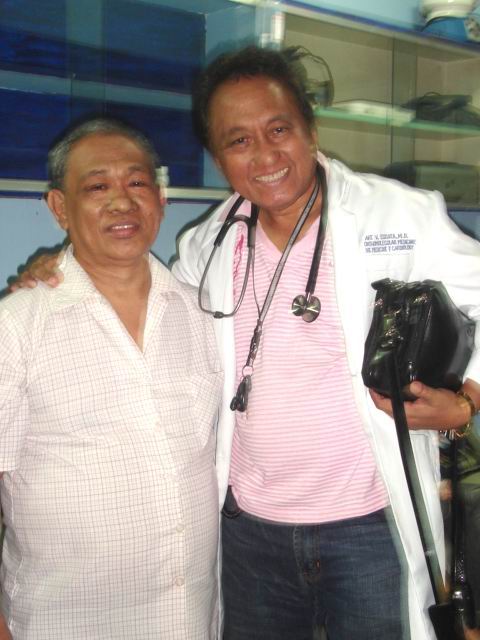
My photo taken just after my 42nd chelation session with a 4 megapixel cellphone camera
